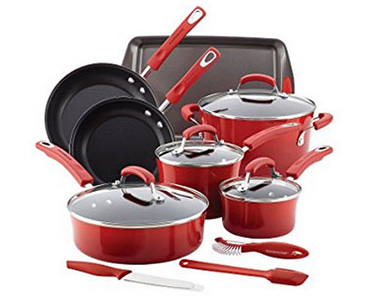 The skincare industry, just in the US alone, brought in a staggering 85.9 billion dollars of revenue in 2018. The number is expected to increase exponentially over the next decade, and though this is largely due to the increased commercialization of products, a lot of this revenue also comes from natural, handmade products as well.
The skincare industry, just in the US alone, brought in a staggering 85.9 billion dollars of revenue in 2018. The number is expected to increase exponentially over the next decade, and though this is largely due to the increased commercialization of products, a lot of this revenue also comes from natural, handmade products as well.
Overall, more and more people are beginning to notice the benefits of using natural products. This is largely due to the popularization of environmental awareness, natural health therapies, and an awareness of the risks involved when consuming artificial chemicals and ingredients.
Using a natural bar soap is one such way for customers to gravitate towards a better regime of skincare, thereby reducing their consumption of artificial, mass-produced commercial products. And for a good reason, as natural soaps offer many benefits that artificial soaps lack.
Making the Soap
One of the main differences that set natural soaps apart from those made commercially available is the overall process of making the soap itself. Natural soaps are created via a saponification process. This process occurs when oils and fats are mixed with sodium hydroxide and water, a combination also known as lye.
Natural soaps are generally handmade, and this enlists a time-consuming process that many soap makers enjoy just for the love of making natural products. Instead of using chemicals and detergents and stripping out byproducts, these soaps are made without the use of high-energy mechanical processes.
Corresponding to the process, natural soaps are made in small batches and typically aren’t found in major department stores. In fact, many natural soap makers sell their products directly to the consumer or take small stocks of their products and ship or hand-deliver them to select, often local, locations.
The Benefits
Initially, a person will notice the difference between using commercial, artificial soap, and natural soaps. The chemicals and detergents in artificial ingredients often make one’s skin feel dry and might even cause redness and itching immediately upon exiting the shower and drying off.
Natural bar soap has a reverse effect because it utilizes glycerin, a product that is often removed from commercially available soaps. Glycerin is an essential humectant that naturally pulls moisture deep into the skin. This keeps skin hydrated much longer than with artificial soaps.
Additionally, natural soap is also made using a combination of natural sources. This includes organic ingredients. These natural soaps are usually produced by combining a variety of plant-based oils and extracts that are rich in vitamins, antioxidants, and nutrients.
Natural soaps are also often enriched with additional ingredients that are procured from the Earth, such as naturally occurring clay, salt, botanical extracts, and oils. Those with sensitive skin or other skin conditions typically see and feel a major when using natural handmade soaps.
Choosing the Natural Process
With an ever-increasing awareness regarding what products we buy and put on or into our bodies, natural products and ingredients are becoming even more attractive to consumers.
As part of a natural process, purchasing products without artificial ingredients also helps to sustain the environment, which is becoming a much more attractive quality to consumers as well when choosing a brand to buy from.
Not only do natural soaps fit these requirements, but they are also available in many shapes, scents and include a variety of natural ingredients that anyone can choose from.
…
Best Home Remedies for Dry Skin
Tips for Taking Your Skincare Products to Market
If You Find Your Skin Is Dry And Harsh, Consider These 3 Easy Tips
This post may contain automatically and manually added affiliate links,
which means I might receive a small commission if you make a purchase using a link at no extra cost to you.

Free samples with orders!
 Kitchen Essentials: Cookware and Bakeware
Kitchen Essentials: Cookware and Bakeware Different Materials Used to Make Pans and Pots
Different Materials Used to Make Pans and Pots 